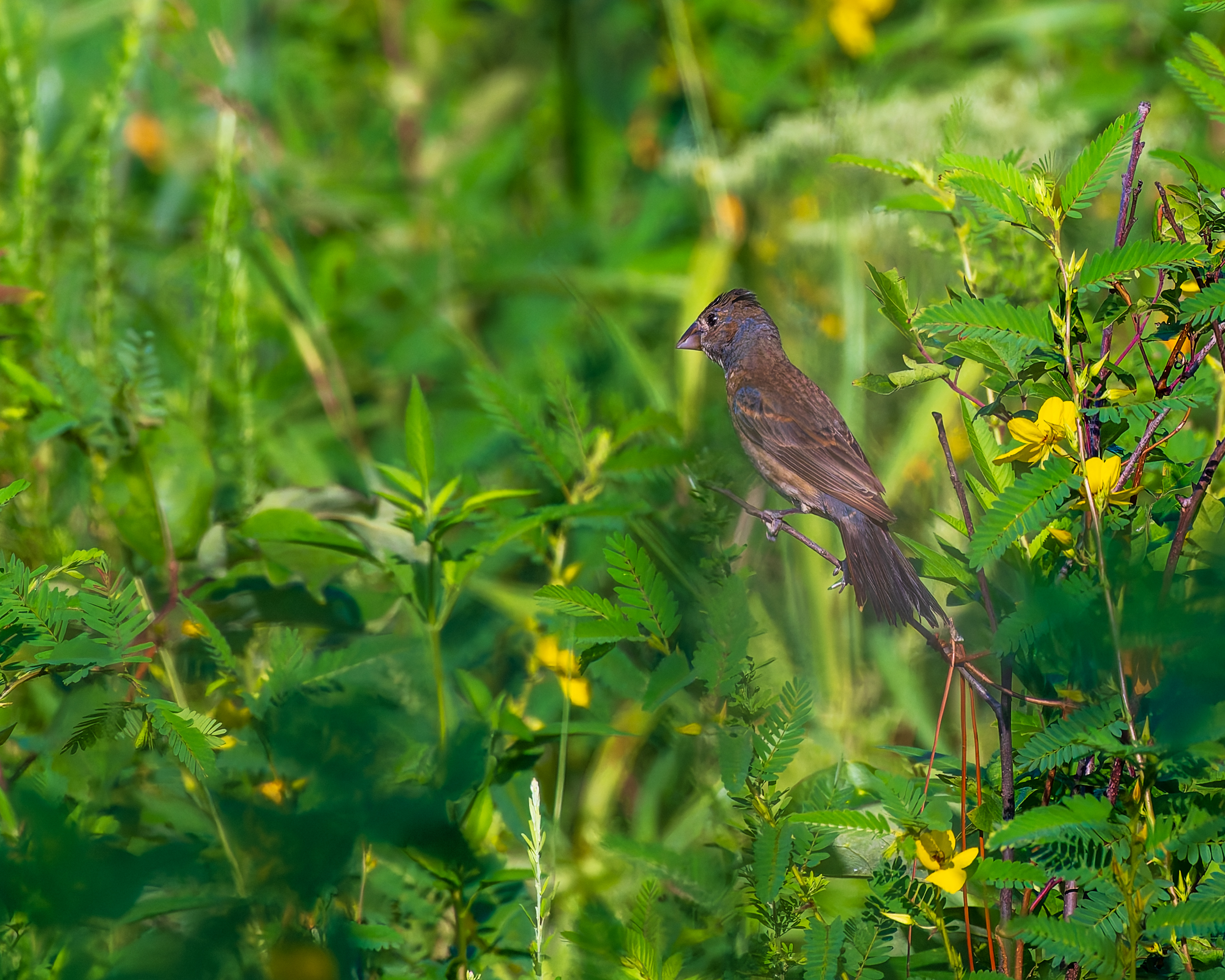Why Alabama’s rivers are America’s Amazon
Reading time: 6 minutes
Sponsored

Did you know that Alabama’s rivers are full of life?
A few years ago there was a beautifully produced hour long documentary called America’s Amazon. In the film’s introduction, narrated by award winning conservation writer Ben Raines, Alabama’s rivers and biodiversity are summed up this way:
“This is America’s crown jewel. Its rivers and creeks are home to more aquatic creatures than any comparable area in the world. Its forests host more kinds of plants than any in North America. It’s not Yellowstone nor Yosemite. It’s the last place you’d expect it to be.
The heart of the American South – Alabama.”
We’re number one
Paul Johnson, Program Supervisor at the Alabama Aquatic Biodiversity Center is emphatic about Alabama’s wealth of life in our rivers.
“Alabama has the richest crayfish fauna on the planet. We likely have the richest snail fauna on the planet. We have more species of freshwater fishes in a temperate climate (a climate with seasons, i.e. not tropical) than anywhere on the planet,” exclaimed Johnson.
The statements by Raines and Johnson are not hyperbole. Alabama’s rivers are home to more kinds of animals than anywhere in North America and in many cases on earth.
Also, confirming the America’s Amazon title are groups such as The Nature Conservancy who have, for years, conducted “biodiversity” rankings. Alabama tops most lists when it comes to animals living in our freshwater rivers, streams and lakes.
- 1st in the U.S. – Freshwater fishes – 332 kinds of fish – 27% of all fish species in North America

- 1st in the U.S. – Freshwater Mussels – 180 kinds of mussels – 59% of all mussel species in North America
- 1st in the U.S. – Freshwater Snails – 202 kinds of snails – 28% of all snails species in North America

- 1st in the U.S. – Crayfish – 85 kinds of Crayfish – 22% of all crayfish species in North America

- 1st in the U.S. – Turtles – 27 kinds of freshwater turtles – 57% of all turtle species in North America

Furthermore, according to Johnson, we continue to discover new kinds of fish, mussels, crayfish and snails every year, so the state is not in danger of losing our top ranked status.
How did Alabama’s rivers become America’s Amazon? River basins
When Alabama’s first governor, William Bibb, designed the Great Seal of Alabama 200 years ago, he made sure the state’s known river basins were imprinted on the seal. While many states celebrate pioneers or historic figures on their state’s Great Seal, Alabama’s rivers are the seal’s most prominent feature.

Perhaps Governor Bibb knew why Alabama’s rivers were teeming with life and were to become our state’s most precious resource. It’s our rich, numbers of river basins.
Mark Bailey, co-author of Turtles of Alabama, describes why Alabama’s river basins and unique geology are the key to our biodiversity.
“Back when Alabama’s boundaries were drawn they just happened to take a LOT of different river basins as well as extremely diverse geology in an area of mild climate. Our rivers cut through distinct geological regions including the Appalachian Plateau, Ridge and Valley, Piedmont and Coastal Plain. Each river is formed by dozens to hundreds of tributaries and these all have unique qualities due to the variety of geological and natural communities they flow through. Some are sluggish, muddy and meandering, and some are swift, rocky and clear. Different rivers and streams support different habitats and support all kinds of animals.”
With great rivers comes great responsibility
Alabama and its citizens are responsible for 132,000 miles of rivers and streams, a distance that would circle the earth five times. Ten percent of the water that flows through the U.S. literally moves through the veins and arteries that are Alabama’s watersheds. We are responsible for all life that live in these waters and we depend on them.
Why should Alabamians care about the ‘critters’ living in the waters of our state? Randy Haddock, longtime biologist at the Cahaba River Society stated;
“The rich diversity of river life in Alabama streams gives us a window into the question of how well we are managing the wonderful resources with which we have been blessed. These creatures are the bedrock of what keeps our rivers clean and healthy for people.”
Mark Bailey added. “People sometimes ask ‘what good is it?’ If the striped-necked musk turtle were to become extinct tomorrow, perhaps few would notice, and it would not likely destroy the ecosystem. But I like to think all species have intrinsic value. We would miss that turtle, if we knew about it, just as we would miss the black rhino or African elephant.”
And as Alabama’s most famous scientist/biologist E.O. Wilson has stated, “All biodiversity is important because every species matters.”
There is a common saying; “With great power comes great responsibility.” In Alabama, our rally cry for our rivers should be – With great rivers comes great responsibility.
America’s Amazon poster from Alabama Water Watch
– Earlier this month, Bham Now launched a three-part series of stories on Alabama’s rivers. We examined in the first edition how Alabama transformed many of our rivers into reservoirs, engulfing canyons, waterfalls, lilies and memories in the process. In this, the second edition, we delve into why many scientists call Alabama’s riverine system “America’s Amazon”. Our third installment will explore threats to our rivers. We will profile creative ways people are working together to protect Alabama’s rivers and how you can get involved.




